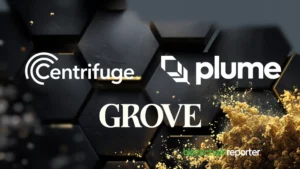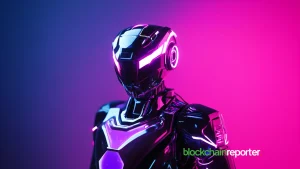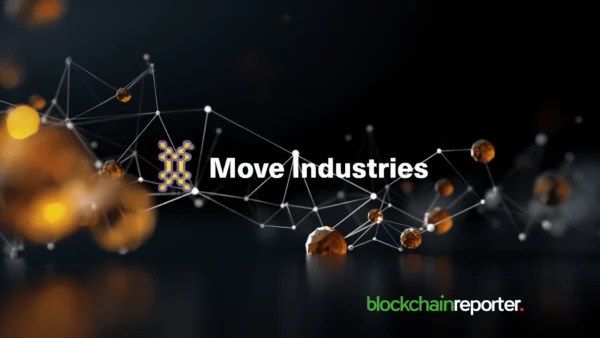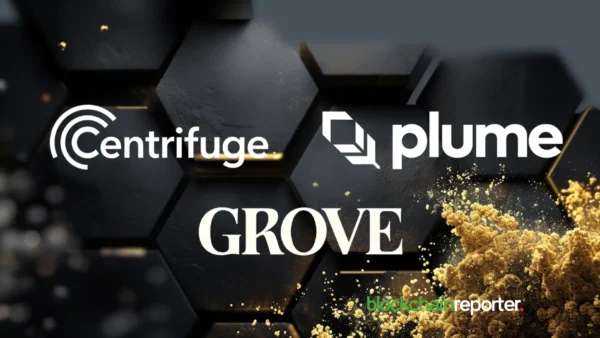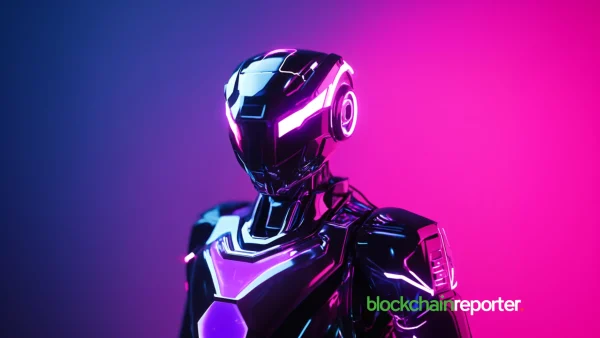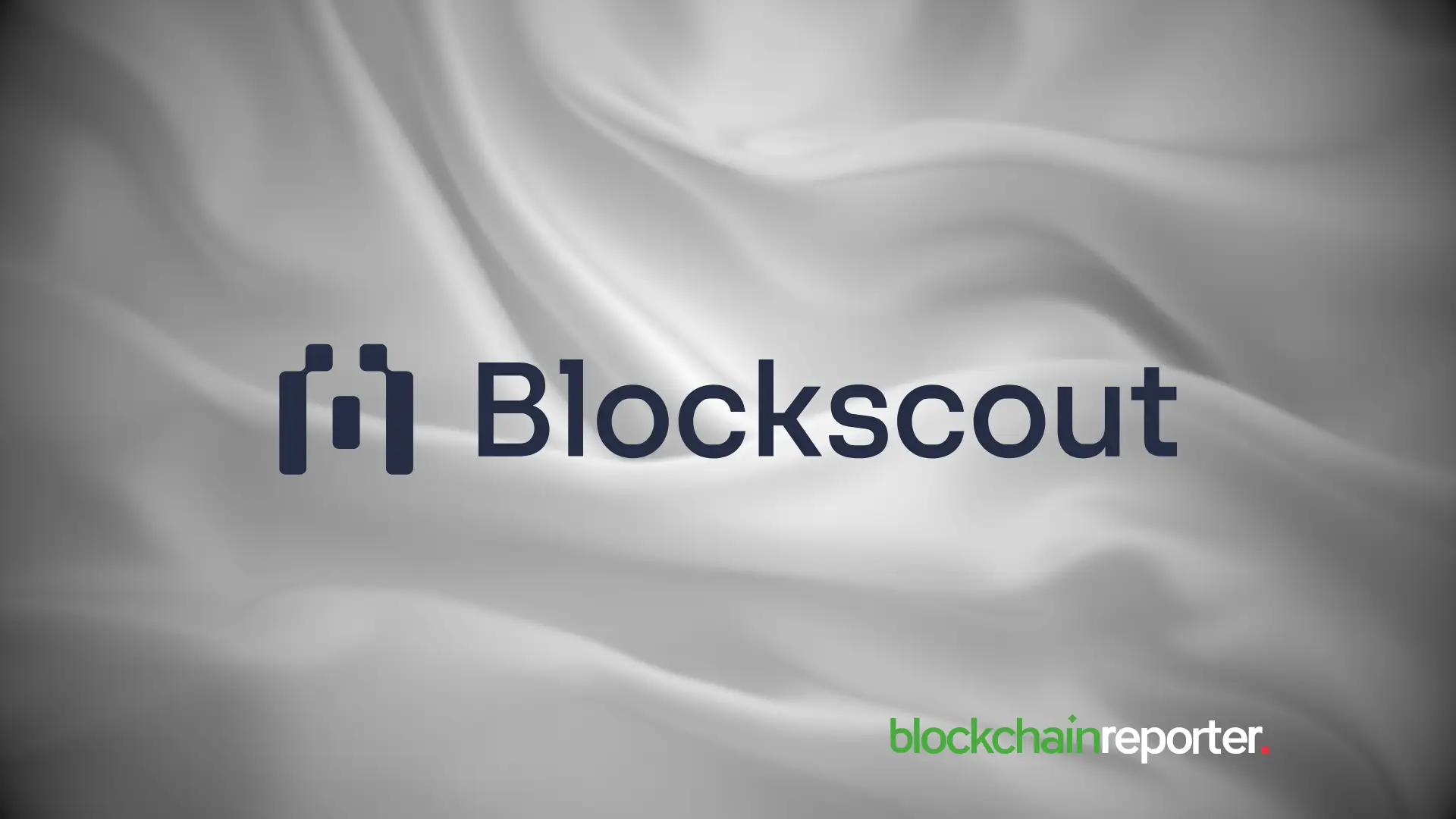
In this exclusive interview, we sit down with Igor Barinov, Founder and CEO of Blockscout, to discuss the evolving landscape of the blockchain ecosystem. As a pioneer in the development of interoperability and EVM-based technologies, Igor shares insights into the current trends shaping the industry, including the impact of Ethereum’s upcoming Pectra upgrade and the growing importance of Layer 2 solutions. With Blockscout supporting over 600 networks, Igor offers a unique perspective on the challenges and opportunities within the DeFi space, providing valuable advice for developers and investors alike.
Q1. Blockscout plays a crucial role in supporting over 600 EVM-based networks. How has your experience with these networks shaped your perspective on the current state of the blockchain ecosystem?
We’ve observed a rapid proliferation of Layer 2 solutions and application-specific chains, all seeking to address Ethereum’s scalability challenges while offering their own unique value propositions. While there are some copycat chains trying to profit off of the momentum, others are adding innovations that can be game changing if they are able to attract enough users. Right now, the ecosystem feels a little disjointed with all of the L2 noise, but users are finding their favourite chains and use cases, and these networks will naturally rise to the top over time. To facilitate a healthy multi-chain reality, the need for reliable, open-source infrastructure that can provide consistency and transparency across networks has never been greater. As the ecosystem evolves, we’re seeing increased demand for tools that can bridge these diverse networks, offering users and developers a unified experience.
Q2. Ethereum’s Pectra upgrade is on the horizon. From your perspective, what are the most significant changes this upgrade will bring to the network?
The Pectra upgrade’s improvements of Ethereum across various dimensions will impact users, developers, and the overall network. From making the network more accessible, secure and user-friendly; to enhancing account abstraction, validator operations, and network performance.
Pectra will pave the way for future scalability upgrades, including “Verkle trees” and efficient data handling. Validator stake limits will be increased, staking withdrawals will become more flexible and smart contract deployment will be more streamlined.
As a result, Ethereum will be better equipped to serve a wider range of use cases and user requirements, enabling regular Ethereum accounts to be more programmable, Layer 2 solutions to be more affordable, smart contracts to be more efficient, and validators to be more flexible to manage.
Originally planned as two separate upgrades, Prague and Electra were merged into a single update—Pectra—to streamline the process and maximize benefits. Pectra includes updates to both the execution layer (where smart contracts and dapps operate) and the consensus layer (where Proof of Stake mechanism exists) of the Ethereum network.
Q3. How do you anticipate the Pectra upgrade will affect user experience on Ethereum? Are there any particular benefits or challenges users should be aware of?
Pectra’s emphasis on account abstraction promises to simplify the user experience, making Ethereum more accessible and intuitive. With the potential for widespread adoption of smart contract wallets, users can benefit from seamless gas abstraction, batched transactions, and customizable security options. These enhancements will reduce barriers and make interacting with Ethereum dApps more user-friendly.
Ethereum staking will also be impacted by the upgrade due to an increase to the validator stake limit. This will raise the maximum effective balance for validators enabling them to control more stake while reducing the need for multiple validators. This could result in consolidation among validators and impact staking rewards. Likewise, the withdrawal process for staking ETH will also be simplified, making the staking process more appealing to a wider range of users.
Q4. For developers working within the EVM ecosystem, what new opportunities or challenges does the Pectra upgrade present?
According to Ethereum.org, there are currently ten Ethereum Improvement Proposals (EIPs) included in the upcoming Pectra upgrade. The Ethereum’s developer community may decide to add or remove EIPs in the months leading up to activation, or separate the Pectra upgrade into distinct stages.
The Pectra upgrade includes tools that simplify the process of developing and deploying smart contracts. For example, the EVM Object Format (EOF) enhancements in EIP-7692 provide developers with a more efficient way to structure their code, resulting in faster and more cost-effective contract execution.
Pectra not only introduces immediate code changes but also sets the stage for the future implementation of Verkle trees, a data structure to upgrade nodes. This will improve Ethereum’s scalability and reduce storage requirements, allowing for a more efficient network.
Although Pectra doesn’t directly solve Ethereum’s scaling issues, it lays the groundwork for future scalability upgrades. By optimizing the network’s infrastructure and improving transaction efficiency, it creates a foundation for more scalable solutions, like Verkle Trees, to be implemented more effectively.
Q5. Given Blockscout’s comprehensive view across networks, what trends are you currently observing in terms of network activity and adoption?
We’re seeing significant growth in Layer 2 adoption, with chains like Optimism and Arbitrum experiencing substantial increases in daily transactions – and just recently daily active accounts on Base reached 1M for the first time.
There’s also a noticeable trend towards application-specific chains, each catering to unique use cases. Interoperability is becoming increasingly crucial, with users and assets flowing between chains more frequently. This interoperability trend is starting to include a broader data set as well, like metadata and ENS names that can follow users as they traverse across chains, and labels and informoation that can be attributed to contracts deployed on multiple networks. This additional data adds context and identifiers that can help users trust the applications they are interacting with.
Q6. How do you see the growth of DeFi projects influencing the overall ecosystem, particularly in the context of the Pectra upgrade?
The DeFi ecosystem has seen tremendous growth this year, with TVL in DeFi protocols now exceeding $100 billion with Ethereum taking the largest market share across all blockchains. This suggests that while token prices have struggled, the underlying infrastructure of DeFi protocols remains robust.
One of the key drivers behind investor confidence in DeFi is the technological advancements across the ecosystem. DeFi projects are introducing new products and services, including liquid staking protocols, native yield generation, cross-chain solutions and the tokenization of real world assets. This, alongside enhancements to blockchain infrastructure, will improve scalability and reduce transaction fees, boosting the adoption of the technology.
This could pave the way for new use cases that may include more sophisticated financial instruments and could improve the overall user experience, addressing one of DeFi’s key pain points – making DeFi applications more efficient and accessible to a broader audience.
Q7. Are there any emerging trends or shifts in the ecosystem that you believe will shape the future of EVM-based networks?
We’re seeing a shift towards modular designs where execution, settlement, and data availability are separated. This approach allows for greater scalability and customization of blockchain solutions.
The move towards smart contract wallets and account abstraction is gaining momentum, promising to greatly enhance user experience and security.
The integration of ZK technology in EVM chains is accelerating, enabling more efficient and private transactions, as well as novel scaling solutions.
Q8. Layer 2 solutions are becoming increasingly vital for scalability. What trends are you noticing in L2 rollup adoption, and how is this impacting network performance and user experience?
We’ve observed a significant trend in the emergence of Ethereum Rollup-as-a-Service (RaaS) providers. These solutions level the playing field and allow projects to launch a full-featured rollup in a matter of minutes. All the infrastructure needs are handled by the RaaS provider, allowing the L2s to focus more on use cases and applications. Of course this means the field is also becoming more crowded, and each L2 needs to differentiate itself in order to survive. We’re seeing more chain hopping than ever before as users try new L2s and explore the features and apps that make each chain unique.
Overall the L2 experience is still fragmented, but initiatives like the OP Superchain are helping to unite networks together, creating formidable collectives of L2s that will provide scalability and interoperability among chains included in the group. Likely we’ll see more of these collectives pop up to connect chains together and provide strength in numbers.
Q9. Beyond Pectra, are there any other significant network upgrades across the EVM ecosystem that you believe will have a major impact in the coming months?
Whilst Ethereum is already considered to be a powerful platform, the Ethereum Roadmap lays out an ambitious plan of regular improvements to increase the network’s scalability, security and sustainability.
The network’s adaptability is a key strength, allowing it to adapt to new research and development ideas as they emerge. It’s this adaptability that allows Ethereum to remain agile, competitive and address new challenges.
Some lower priority upgrades, such as quantum resistance, are not likely to be implemented for another 5-10 years. Providing precise timing for each subsequent upgrade is difficult for Ethereum to predict, as some roadmap items are worked on in parallel, are developed at different speeds or are affected by external factors. Ethereum’s roadmap of future upgrades represents the core researchers’ and developers’ best hypothesis of Ethereum’s most optimal path forward, but they will, of course, be cognisant of other variables and flex accordingly.
Pectra is considered to be more than just a series of immediate improvements; it’s a crucial step towards the broader transformation of Ethereum’s infrastructure. Expected to go live later this year, or early 2025, this is the third major upgrade to Ethereum since September 2022, when the Ethereum Merge activated.
Whilst some of the upgrade’s impact might not immediately be apparent, the real impact of Pectra will lie in how it prepares Ethereum for future scalability upgrades.
Q10. Looking ahead, what are your predictions for the next major trends in the EVM ecosystem? How do you see the role of block explorers like Blockscout evolving in response to these trends?
Tokenized RWAs (Real World Assets) are gaining a ton of momentum, and there are opportunities for block explorers to display more data around these assets, connecting the real world to the onchain world in important ways.
A seamless wallet experience is on the horizon thanks to account abstraction, and this will bring more users onchain once this experience is as simple as using a credit card or payment app online. Wallets are the connection point for all major apps, including block explorers (you can connect to verify contracts, interact with contracts, and even interact with apps through an explorer) and new users need simple onboarding and UX to start using web3 wallets regularly.
Gaming may be the next big trend that breaks down the barrier between web2 and web3 users. New L2s are launching that are strictly dedicated to gaming environments. Each action in a game is effectively a transaction (tx), which means txs need to be processed extremely quickly and with little or no fees. Fees on these L2s are already very low, and with account abstraction, fees can be completely subsidized by the games themselves. Dedicated gaming chains can also process very high tx volumes with ease. These new chains are primed to deliver more advanced games than ever before with in-game economies and other features that aren’t possible in web2. It will probably only take 1 killer game to launch web3 gaming to new heights and bring in many new users. Block explorers for these games will need to handle the high transaction times and deliver real-time information about in-game mechanics, NFTs, and player attributes.
Block explorers provide invaluable services for anyone who needs instant, reliable blockchain data, but high development/deployment costs and lack of customizability have made many block explorers inaccessible to chains. To counter this, Blockscout is on a mission to redefine the role of the block explorer, transforming the existing paradigm with its open-source and universally accessible tooling.
Blockscout’s open source EVM explorer and tools enable nascent projects to host their own explorer, providing a more cost-efficient alternative to expensive Explorer as a Service offerings, offsetting the costs of building an explorer from scratch. This is critical tooling in a modular, multichain world where new networks and appchains can give their users immediate insights into network activity. We believe in the importance of redundancy and reliability in the ecosystem – having more than one explorer to rely on enhances overall accessibility and resilience.
Looking forward, we see ourselves becoming integral to the daily DeFi routines of average users, not just developers. Block explorers provide valuable services for anyone who needs up-to-date and reliable blockchain data. We are on the way to becoming the main platform for verifying all information on blockchains and exploring dApps in a safe way.
Igor Barinov – Profile
Igor Barinov is an award-winning blockchain expert known for pioneering developments in interoperability, proof of stake consensus mechanisms, federated blockchains, and tooling for EVM. Barinov combines his deep expertise to lead Blockscout, an open-source block explorer supporting more than 600 EVM-based blockchain networks.
With over 12 years’ experience in blockchain development, Barinov’s journey includes pivot roles at POA Network, Gnosis Chain and xDAI. His extensive education in this field led to the attainment of multiple blockchain and computer programming accolades, alongside successful hackathon wins at Consensus, Texas Bitcoin Conference, BitHack, and Distributed Trade.
Igor drives Blockscout’s mission to become the main platform for verifying all information on blockchains and exploring dApps safely. Igor is committed to promoting transparency, innovation and community involvement across the EVM ecosystem through the deployment of open-source blockchain technology that serves both developers and everyday users.
About Blockscout
Blockscout is an open-source block explorer available for all EVM (Ethereum Virtual Machine) based chains. Live on over 600 networks, Blockscout features a robust interface for searching blocks, transactions, accounts, and tokens, and provides tooling for developers including smart contract verification and access to a suite of optimized APIs. The new DAppscout marketplace built into Blockscout offers a secure environment for decentralized app discovery, exploration, and interaction.
For more information, visit www.blockscout.com or follow Blockscout on X, Telegram, and Discord



